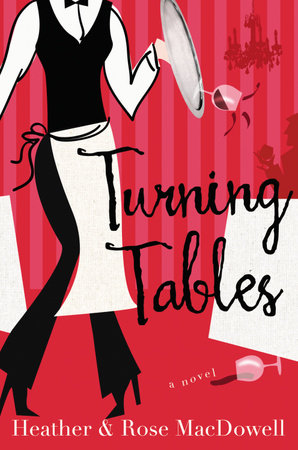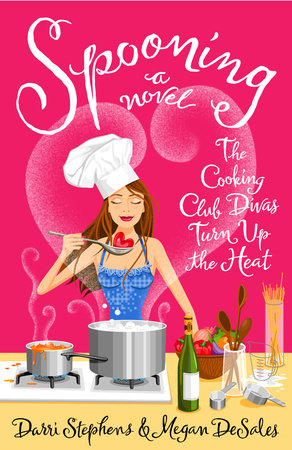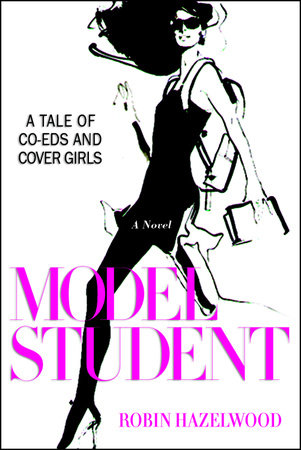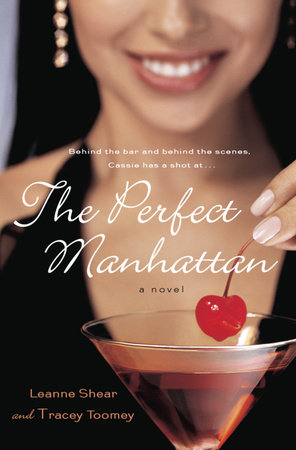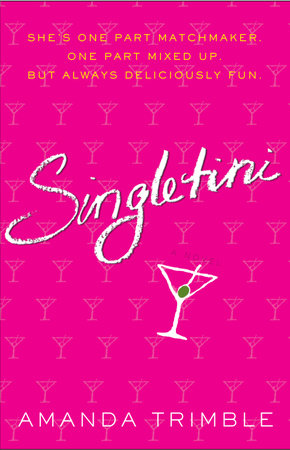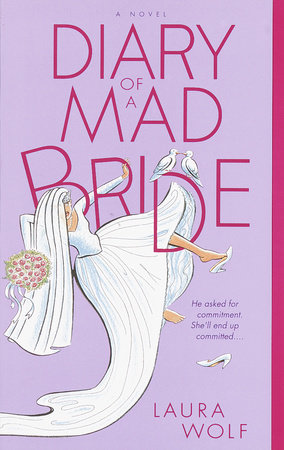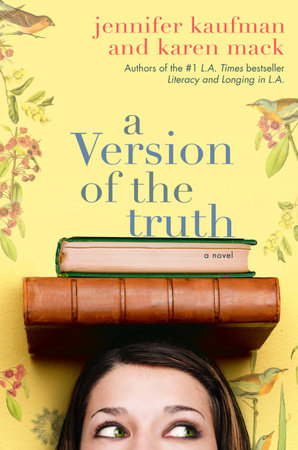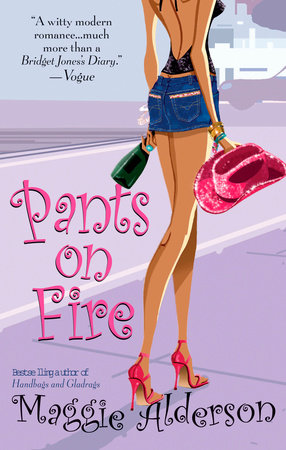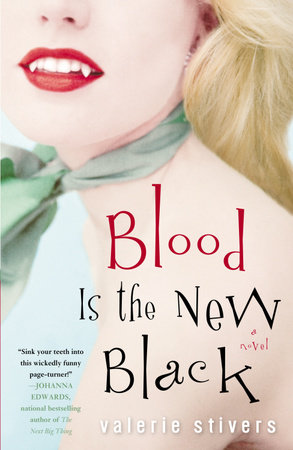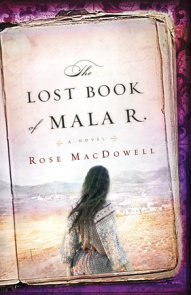Author Q&A
On writing Turning Tables
Heather and Rose MacDowell
“What was it like, writing a book together?”
This is the second question people always ask — after “Are you identical?” — when we tell them that we recently finished a novel based on our experiences waiting tables. That we wrote it while living on opposite coasts sparks the next question: “Wow, did you ever argue?”
“Occasionally,” we answer (not in unison), preferring to keep the focus on the end result rather than its emotionally charged evolution. Do people really need to know about the two-week spans during which we hotly debated plausible appetizers and negotiated every comma? Will they enjoy the story more if we tell them that when one of us admitted that she actually liked sweetbreads, the other expressed an insensitive level of disgust?
Apparently, yes.
As identical twins, we’re used to being drilled about our similarities and differences, whether or not we ever dated the same man (once, in sixth grade), and if we’re able to sense when the other sister feels pain. But answering questions such as “How did you split up the work?” isn’t so easy. Should we tell a partial truth and say that we traded off the manuscript every thousand words? Or should we be really honest and answer, “My sister always took her sweet time, but she was so good at dialogue that I had to get over it?” Is “I love her, but by chapter seventeen I wanted to wring her neck” more information than people are bargaining for?
Clearly, when they look at us expectantly and ask, “Did you have fun?” they want to hear more than just a simultaneous “Yeah, it was a real ball,” though it often was. What they really want to know is, how do a couple of grown women who look, sound, and even gesture alike take one idea — and two very different personalities — and come up with something worth reading?
By holding hands and jumping in.
We hatched the plot for the book during a week-long visit filled with morning walks, good wine, and long, relaxed dinners. Though we both loved to write, neither of us had managed to publish– why not combine our efforts and see if, together, we could break out of obscurity? Deciding on our subject matter was simple. Between us, we had almost fifteen years of experience waiting tables (something we didn’t admit to just anyone), providing us with endless material for a fast-paced novel featuring a protagonist who was just as naïve about fine dining as we’d once been. This was our chance to take the memories of hellish kitchens and ugly uniforms and turn them into entertainment. We would exact literary revenge against the celebrity chefs who had humiliated us and the guests who had left twelve percent tips, and find success in the process.
It would be easy.
Back home in our respective states, we began the process of developing one voice and one vision. Since we could already finish each other’s spoken sentences, why not written ones? We sent the first pages of the book back and forth by email, discussing them via cell phone and revising until we were both satisfied, a process that often involved watching paragraphs of work deleted and pronounced “rambling,” “vague,” or just plain “wrong”. This wasn’t simply writing, it was writing by committee, and while each of us was acquainted with our inner critic, we now had to contend with an outer critic as well.
As the words flowed and the chapters stacked up, we started to notice glaring differences in our service experiences. There were no nice chefs, one sister would say, prompting the other to argue that a sous chef once took the waiters out on his boat and cooked them all lobsters. Soon, psychology entered the debate — after a bloody, underpaid apprenticeship in a high-end kitchen, was niceness even possible? Weren’t most successful chefs like great dictators, brilliant, charming, and a little evil? The surprising outcome of days of heated discussion was a character who was both likeable and frightening, an amalgamation of the chefs we’d known, and our first shared creation.
While we worked to shape our fictional restaurant, we found that no two four-hundred-dollar-a-night waiting jobs were the same:
“I always stashed a glass of wine in the planter. The assistant manager would refill it for me.”
“What? I ate a stale piece of baguette on my way through the kitchen and almost got fired.”
“I never made espresso. Only backwaiters and busboys did.”
“You’re kidding. I almost drowned in decaf cappuccinos that summer on Nantucket.”
But the real battle lines were drawn over food. We’d learned to love haute cuisine while working in restaurants, and now that our waitressing days were over, we frequently compared notes from dinners eaten in Europe, Napa Valley, and the Caribbean. When it came to deciding on dishes for the book, however, our tastes had never been so different:
“Hon-shimeji mushrooms with grilled barramundi? Who ever heard of such a thing?”
“Osso bucco isn’t classic, it’s common.”
“No halfway decent cook would serve an environmental disaster like Chilean sea bass.”
We waded into the topic of molecular gastronomy with equal parts fascination and fear. Could we bend our abilities far enough to make liquid carpaccio and flavored air sound credible and appetizing? As with much of the book, the topic involved research and a willingness to answer the phone at midnight and seven in the morning. With two of us on the job, there was little time off, but taking turns with scenes meant that we could get instant feedback on new directions and ideas. One sister never knew what the other would come up with (“I think we should fire Enrique!”), making the process humorous and nerve-wracking.
During revisions, we went over the book word by word on the phone, and were surprised to find that we’d mostly forgotten who was responsible for which line. One of us would hotly defend a bit of dialogue, only to stop and say, “Wait a minute — didn’t you write that?”
By the end of our final round of edits, we’d realized that writing together meant allowing the other room to write as an individual, and to tread lightly when it came time to critique. It also meant campaigning for what we believed was right for the book until a compromise slowly emerged from the fog. Would we love every sentence in the book? No. But we loved the finished product, and by the time we pushed the send button for the final time, we were closer sisters and better writers. And we agreed on one thing:
If given the chance, we’d write it all again.
